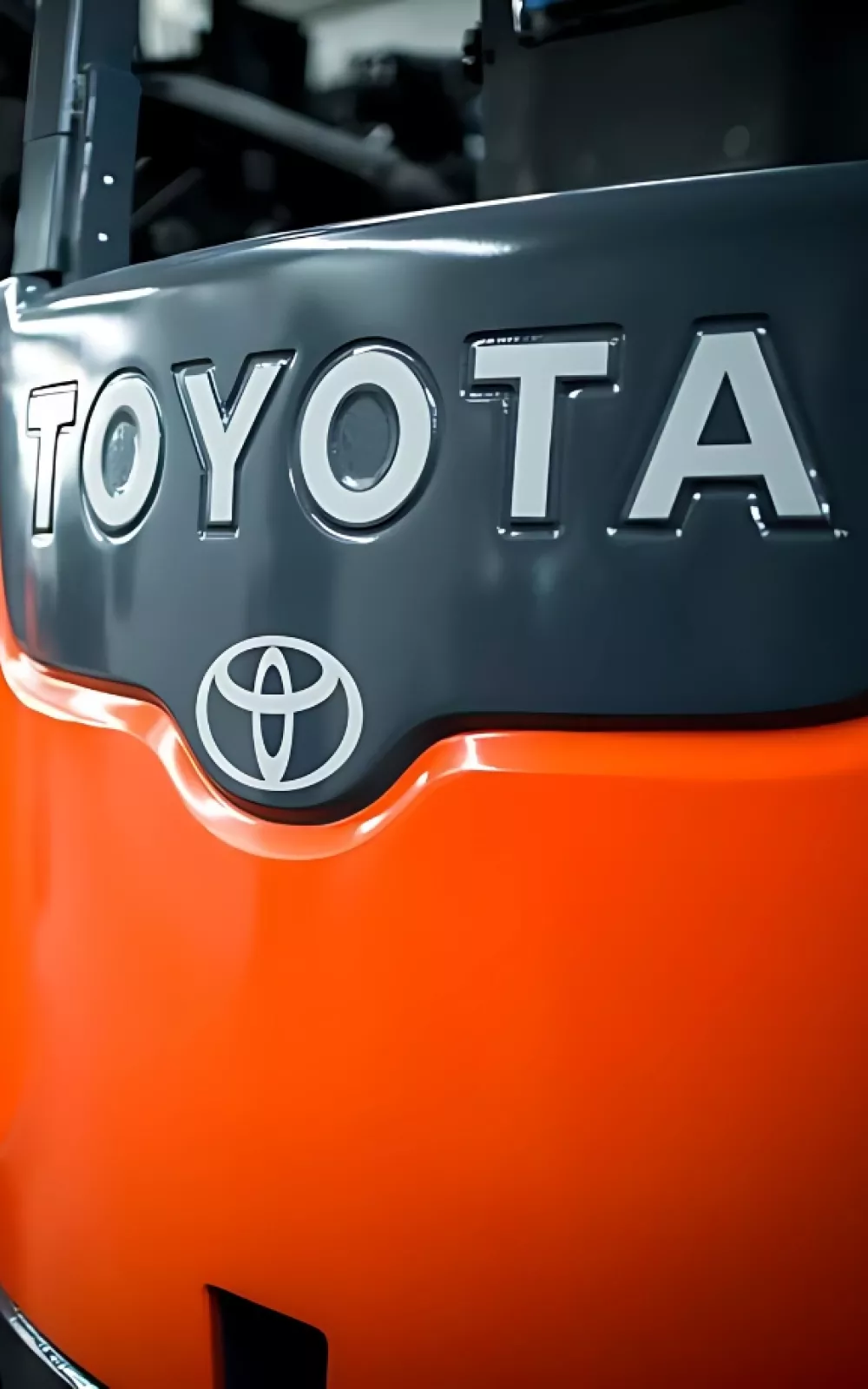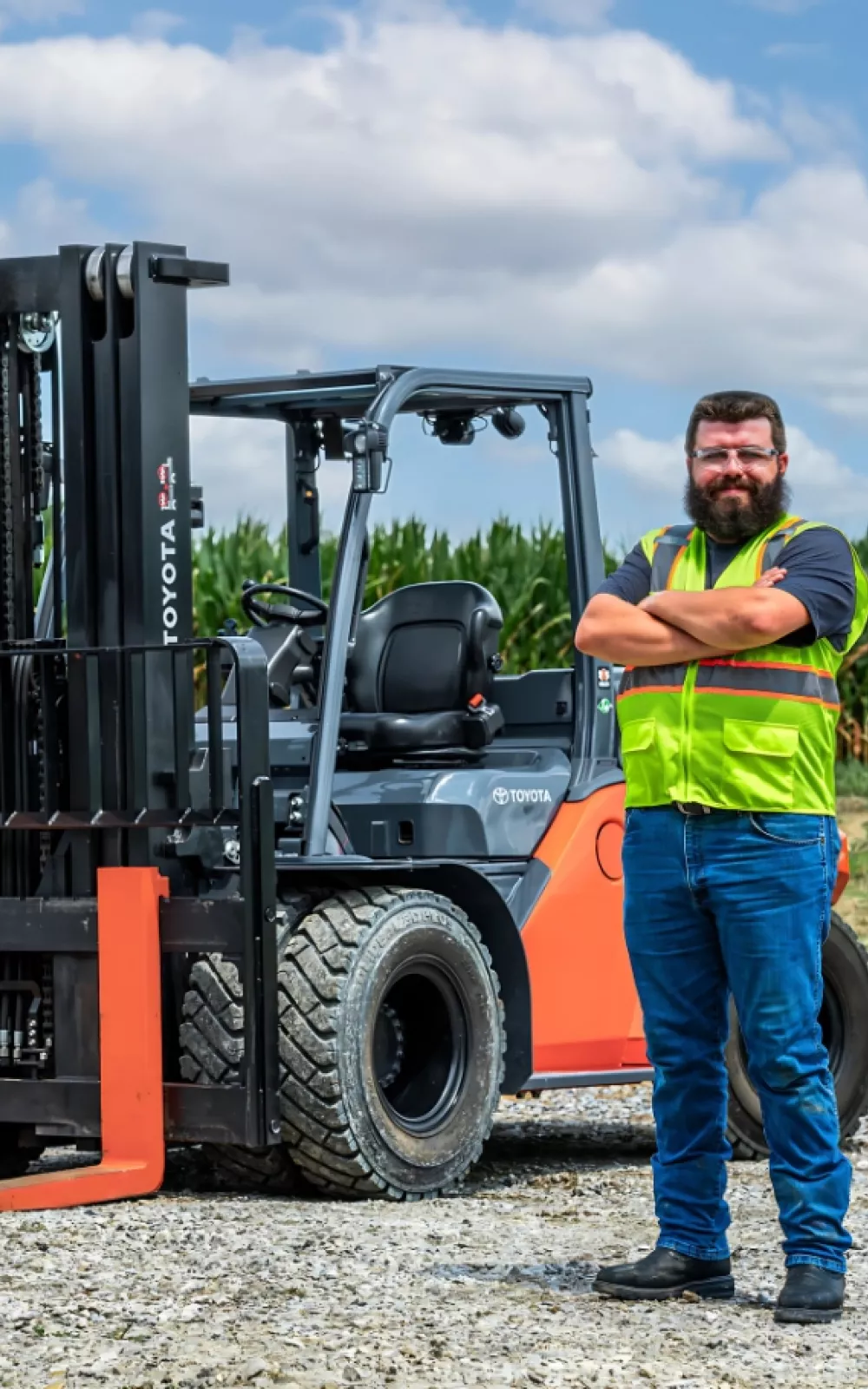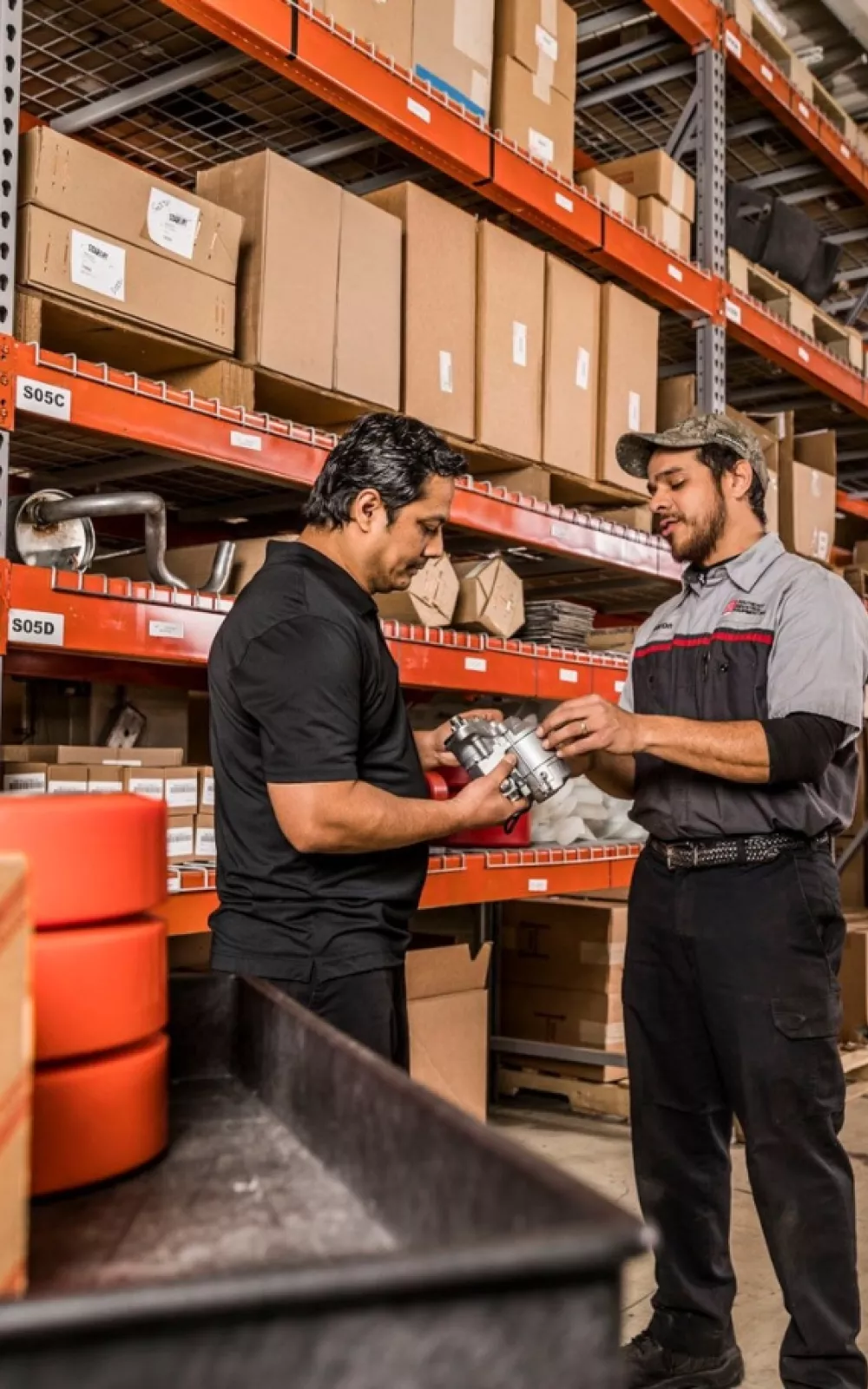Rent
ProLift offers daily, weekly, and monthly rentals. Find the right equipment for maximum productivity and safety.
Let us know how we can assist you! A ProLift specialist will connect with you to help with your material handling needs.

The load backrest on a forklift plays an important role in protecting operators and stabilizing loads. Before considering its removal, understand the safety implications and guidelines to ensure compliance and maintain a safe work environment.

The forklift load backrest can be the highest point of the forklift. Trailer tops, rack systems, lights, HVAC, sprinkler systems and other overhead obstructions come in contact with load backrests.
When an overhead object is struck by a forklift, is the load backrest at fault—or the operator? Consider this analogy: if a colleague frequently backs their pick-up truck into objects, would you advise removing the bumper, or would you suggest they be more aware of their surroundings? The focus should be on improving operator awareness of potential hazards rather than eliminating safety features.
Removing the load backrest and reminding your forklift operators to be careful is not an accurate solution based on OSHA’s code of federal regulations.
OSHA CFR1910.178(e)(2)
Safety Guards: If the type of load presents a hazard, the user shall equip fork trucks with a vertical load backrest extension.
OSHA CFR1910.178(m)(10)
Truck Operations: A load backrest extension shall be used whenever necessary to minimize the possibility of the load or part of it from falling rearward.
OSHA CFR1910.178(q)(6)
Maintenance of Industrial Trucks: Industrial trucks shall not be altered – either by the addition of extra parts – or by the elimination of any parts.
The answer to removing a forklift load backrest is a conditional “yes”. All loads handled by the forklift and the facility it operates within must meet one of the requirements below:
Forklift manufacturers provide load backrests in various heights. When choosing a forklift, assess the specific warehouse application and load heights to select a backrest that meets, but does not exceed, these needs. The right load backrest will protect the operator while minimizing the risk of product and facility damage.
Additional solutions include shrink-wrapping or banding loads and restricting forklifts without a load backrest to designated areas, such as the dock for loading and unloading trailers.
Concerned about safe forklift operation? ProLift provides safety training classes for forklifts, aerial lifts, and other equipment.

Continue promoting safety at your facility with our comprehensive safety training classes. ProLift offers training for both operators and trainers. Contact our safety specialist to schedule your team.
From equipment and maintenance to replacement parts and safety training, ProLift offers you 360 support. We can also assist you with pallet racking and additional warehouse solutions. Let us know how we can help!

ProLift is a full-service dealer specializing in forklifts and material handling solutions. Tell us how we can help you achieve results at your facility.
ProLift is a full-service dealer specializing in forklifts and material handling solutions. Let us know how we can assist you, and a specialist will be in touch to help.

Let us know how we can assist you! A ProLift specialist will connect with you to help with your material handling needs.
